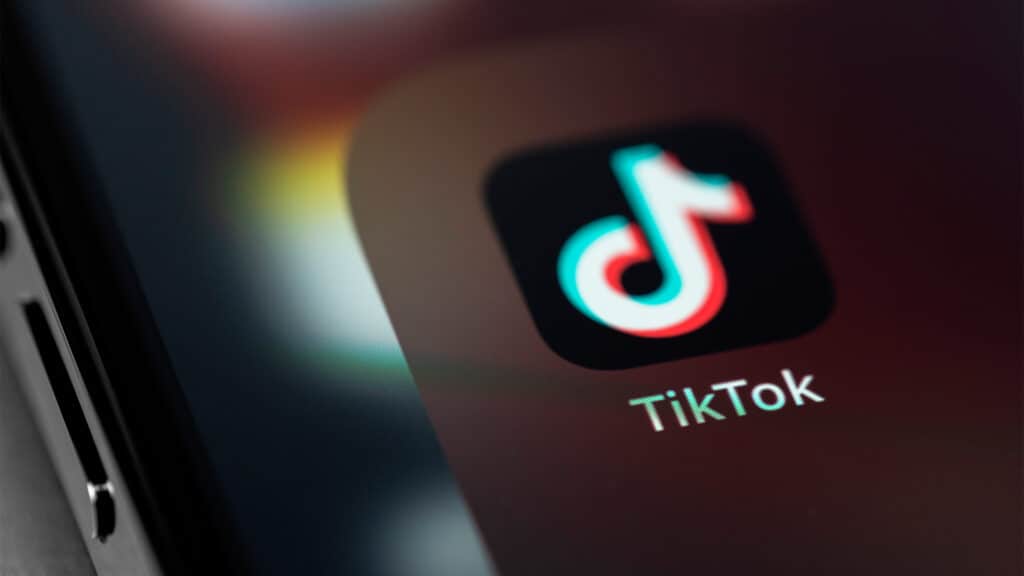From viral dance to viral verdict: How TikTok became a forum for justice

A new form of accountability has taken root in the digital age, as more people turn to social media to seek justice. For many, TikTok has become a kind of modern courtroom, especially for younger generations who feel overlooked or alienated by traditional legal systems. What begins as a personal tragedy can quickly spread online, turning into a public call for action.
In Kazakhstan, an increasing number of citizens post videos on TikTok to draw attention before filing complaints with the police or the courts. In October 2024, for example, the death of a minor, Sherzat Bolat, in Talgar gained national attention only after the case surfaced on TikTok.
Social platforms bypass traditional gatekeepers such as news outlets and the justice system. People who feel wronged can now share their stories directly with millions, without waiting for official institutions to act. Some view this as the only way to reach the public, while critics dismiss it as «hype» designed to gain likes and recognition.
Such cases are on the rise each year. Many turn to the internet after official channels fail them, hoping that public support will pressure authorities to respond.
«TikTok is built on emotion and visual impact. An ordinary person can share a story that sparks a social movement,» Kazakh media expert Assel Taigara said. «Trust in official channels has dropped. Many people no longer expect results from police, courts or traditional media. Issues like traffic accidents, domestic violence and bribery often gain attention only after a video goes viral.»
Still, TikTok is not a courtroom. It can also be a space where biased opinions, emotional manipulation and misinformation spread. Online outrage sometimes targets innocent people, underscoring the dangers of cyberbullying and trial by social media.

